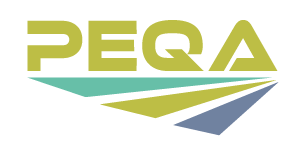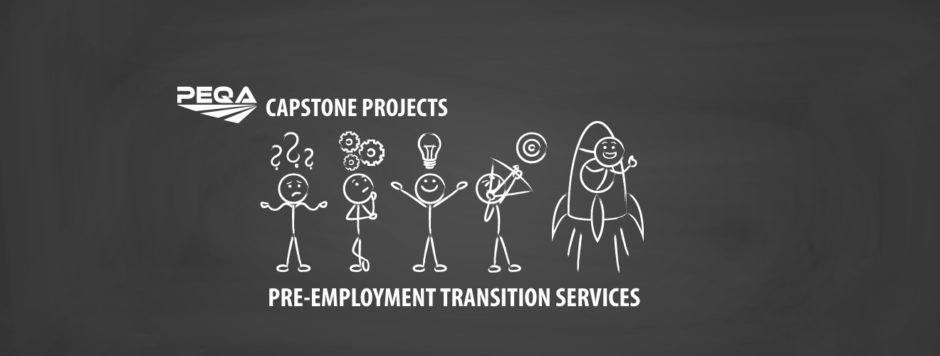Takeaways for VR Counselors & Administrators
Background
As part of the triennial comprehensive statewide needs assessment (CSNA), PEQA participant Margaret Alewine discovered a need for more in-depth study of the way her organization was assessing the needs of individuals with disabilities for transition services and pre-ETS. Following are the results of her investigation.
Purpose of the study
The purpose of the study was to gather and analyze data from school-to-work transition stakeholders and to obtain and interpret data from Local Education Agency (LEA) staff. Data would then inform VR staff survey questions about their level of knowledge of Pre-ETS, views on working relationships with VR transition staff, input on effectiveness of VR transition services, and recommendations for improvement of transition services provided by SCVRD.
Methods
The researcher conducted a review of pertinent RSA-911 data, then designed and distributed an electronic survey to LEA staff via a statewide transition listserv. Qualitative and quantitative data points were included. The listserv subscriber total (target population) was 1,349. The survey included sixteen questions and data was collected for a two-month period. Results of the survey instrument were analyzed by role of participant, by districts, and thematic analysis of responses. Cross tabulation for certain questions by staff role was conducted.
Results
Survey results indicated a high level of familiarity with roles and responsibilities of both VR staff and with Pre-ETS. Reponses on the coordination of Pre-ETS provided by VR staff with school transition curriculum were mixed, with 76% strongly agreeing or agreeing that services are coordinated. Emerging themes indicated effective working relationships and communication. A key finding was age of referral to VR. Survey responses showed that the majority (76%) of referrals were being made to youth aged 16 – 17. Also, the majority of responses indicated that Work Based Learning Experiences were believed to be the most effective Pre-ETS service in preparing students to transition from school to post-school employment or training.
Implication for practice or future research
Results will be used to inform the CSNA and resultant strategies and objectives will be included in the next State Plan. Areas and districts that were not familiar with VR roles or Pre-ETS (or that indicated that Pre-ETS were not available) provide an opportunity for outreach, education, and capacity building. Respondents that indicated that they did not have regular meetings with VR staff also present an opportunity for coordination of Pre-ETS and school-based transition services. The current study was limited by a fairly low rate of survey response/completion. This could be remedied in future research by multi-modal approaches to data collection. Future areas for research include identifying what strategies have worked well that can be replicated, and further development of Work Based Learning (how is it most effectively used; what areas require support to increase availability of the service).
Lessons learned / recommendations
The PEQA participant felt the experience was excellent. The project mentor was readily available and provided timely feedback on research questions, survey design, and presentation preparation. Results from the capstone project will be used in the current CSNA. Recommendations for conducting a similar evaluation would include expanding methods of collecting data beyond a survey and identifying methods to support a greater response rate.
Resources
Capstone projects
More Capstone Projects: Capstone Project Hub.

